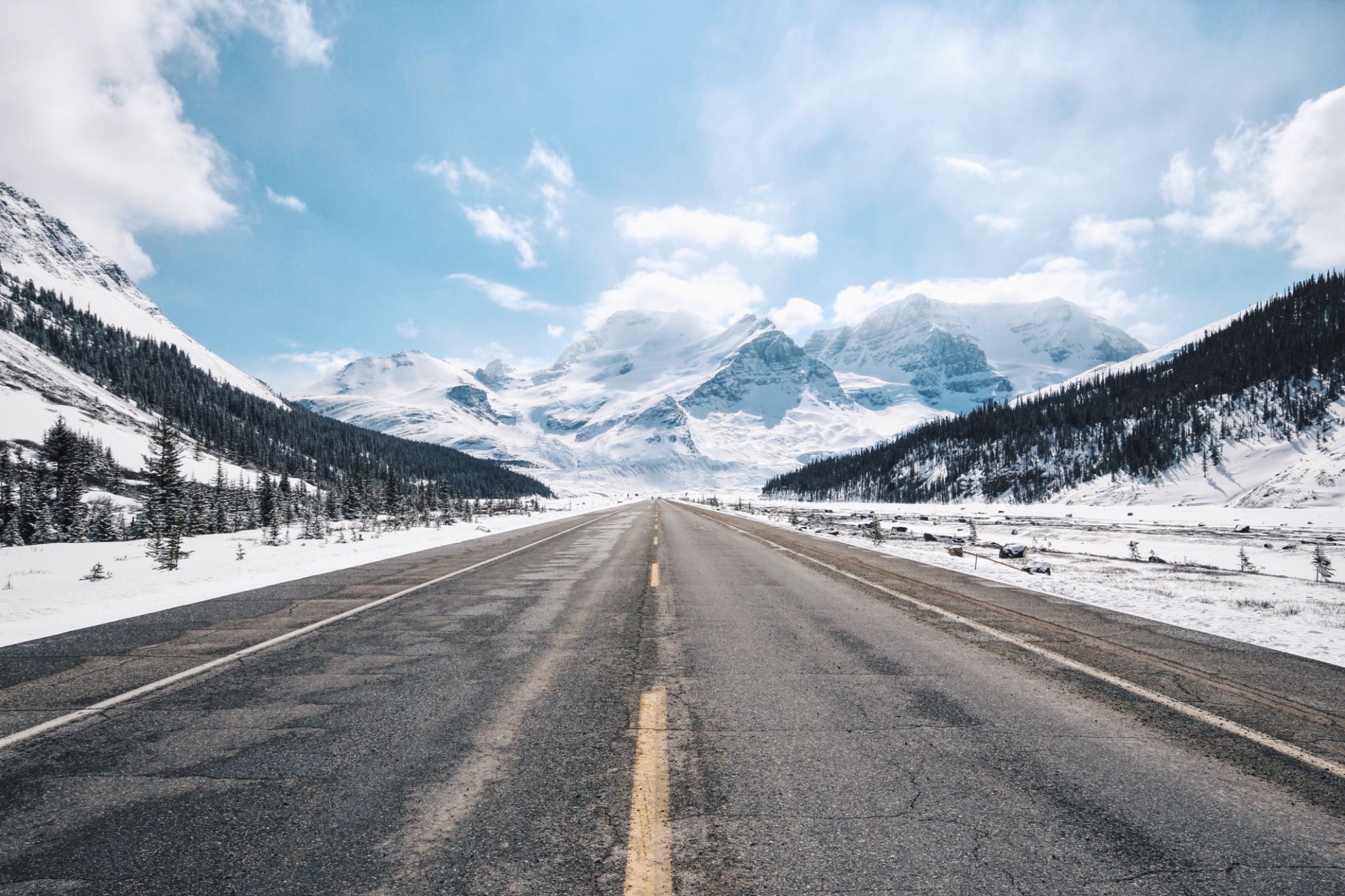Preparing for Montana's Winter: Essential Workplace Safety Tips
Understanding the Montana Winter Environment
Montana's winters are known for their harsh conditions, with heavy snowfall, icy roads, and frigid temperatures. These elements can pose significant challenges in the workplace if not properly managed. Understanding these environmental factors is crucial for ensuring employee safety and maintaining efficient operations.

The key to navigating these conditions is preparation. Companies should prioritize understanding the local weather patterns and potential hazards associated with Montana's winter. By doing so, they can implement effective strategies to mitigate risks and protect their workforce.
Preparing the Workplace
One of the first steps in preparing for winter is ensuring that the workplace itself is ready to handle the cold. This includes checking heating systems, insulating pipes, and ensuring that windows and doors are sealed to prevent drafts. A well-prepared building not only keeps employees comfortable but also helps prevent potential damage from freezing temperatures.
Additionally, consider implementing a routine maintenance schedule for outdoor areas. This includes clearing snow and ice from walkways and parking lots to reduce slip-and-fall accidents. Providing proper signage to indicate slippery areas can further enhance safety measures.
Equipping Employees with the Right Gear
Personal protective equipment (PPE) becomes even more critical during winter months. Ensure that employees have access to warm clothing, such as insulated jackets, gloves, and hats. If work involves outdoor tasks, consider providing waterproof boots with good traction to prevent slips on icy surfaces.

Companies should also educate their employees on the importance of dressing in layers to maintain body heat. By staying warm and dry, employees are less likely to suffer from cold-related illnesses like hypothermia or frostbite.
Safety Training and Emergency Preparedness
Training employees on winter-specific safety protocols is another essential step. This includes conducting workshops on how to safely navigate icy conditions and operate machinery in cold weather. Reinforcing these practices regularly helps maintain a culture of safety.
In addition, workplaces should have an emergency preparedness plan in place. This includes having a stock of emergency supplies such as blankets, flashlights, and first-aid kits. It's also beneficial to establish a communication plan to keep everyone informed during severe weather conditions.

Promoting Safe Commuting
Winter not only affects workplace conditions but also the commute to and from work. Encourage employees to plan their travel routes ahead of time, considering road closures or delays due to snowstorms. Carpooling or using public transportation can be safer alternatives during extreme weather.
Employers might also consider flexible work hours or remote work options during severe weather events. This flexibility can reduce the risk of accidents by allowing employees to avoid traveling during peak hazardous conditions.
Monitoring Weather Conditions
Staying informed about current weather conditions is crucial during Montana's winter months. Utilize reliable weather forecasting services to keep track of incoming storms or significant temperature changes. This information can help in making timely decisions regarding workplace closures or delayed start times.
Regular updates can be communicated via emails or company-wide alerts, ensuring that all employees are aware of any changes in work schedules or safety protocols.
Conclusion: Proactive Safety Measures
Preparing for Montana's winter requires a proactive approach to workplace safety. By understanding the unique challenges of the season and implementing comprehensive safety measures, businesses can protect their employees and maintain productivity despite harsh conditions.
With careful planning and effective communication, companies can ensure that their workforce remains safe, healthy, and ready to tackle any challenges that come their way during the cold months ahead.
